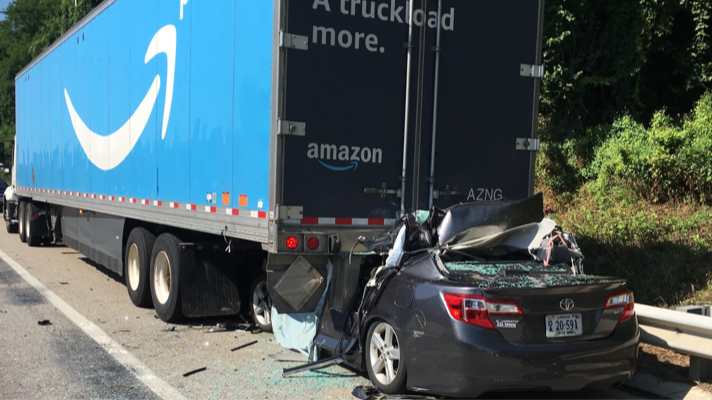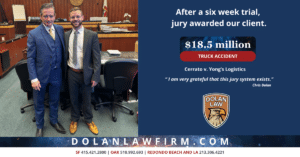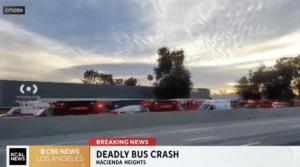Written By Chris Dolan and Anna Pantsulaya
This week’s question comes from George from San Francisco, CA, who asks: I see many Amazon truck drivers zipping by and rushing through neighborhoods. They all look like they are in a rush, and some appear to be speeding. In my neighborhood, it’s not rare to see two deliveries made in one day. What do I do if an Amazon truck crashes into me? Who is responsible, the driver or Amazon?
Dear George,
Amazon is one of the United States’ largest delivery service providers, with its delivery personnel distributing billions of packages annually. Regrettably, the heightened pressure to meet delivery targets and long hours to ensure timely package delivery elevates the potential for accidents involving Amazon drivers.
Various Amazon businesses make up Amazon’s transportation network. Amazon Logistics, Amazon “Delivery Service Partners” (DSP), Amazon Freight Partners (AFP), Amazon Flex, and Amazon Prime.
Most of Amazon’s delivery drivers can be classified into two categories: those who operate within the Amazon Flex system and those who serve as DSP drivers. Amazon provides commercial auto insurance exclusively to individuals using the Amazon Flex platform. It’s vital to underscore that Amazon considers Amazon Flex drivers as independent contractors, not employees of Amazon.
Amazon Flex v. Amazon DSP
Amazon considers DSP drivers as neither Amazon employees nor independent contractors. Instead, they think they are employees of separate independent delivery service partners, although they will often drive Amazon-branded vehicles. In comparison, Amazon Flex delivery drivers use their own vehicles to deliver packages for Amazon, similar to DoorDash/UberEats.
Amazon does not provide any auto insurance coverage to delivery drivers of a DSP. DSP drivers should have commercial auto insurance coverage through their employer. Their employer is considered a separate entity contracting with Amazon to perform delivery services for them.
Conversely, Amazon Flex delivery drivers qualify for Amazon Flex insurance provided they possess a valid personal auto insurance policy. This coverage applies if the accident occurred while the driver was actively engaged in a delivery assignment within their designated delivery block.
Amazon Flex insurance coverage includes:
- $1,000,000 in liability for bodily injury and damages to any third party;
- $50,000 in comprehensive and collision coverage for property damage to Amazon Flex delivery drivers’ vehicles, contingent upon whether they have comprehensive coverage on their personal policy;
- $1,000,000 in uninsured or underinsured motorist coverage for bodily injury and damages to the driver.
What happens when you’ve been injured in an accident involving an Amazon delivery driver?
Amazon consistently maintains that it should bear no responsibility for its independent contractors. The company asserts that if the drivers are not classified as actual employees, they cannot be held accountable for the errors made by partner drivers. This argument is made even when Amazon’s regulations govern various aspects, ranging from the drivers’ presence on social media to the specifics of package delivery, including order and quantity. Despite drivers often operating vans adorned with the Amazon logo, donning Amazon uniforms, utilizing in-vehicle cameras for monitoring driving behavior with audible corrective feedback via companies like Netradyne, and following route guidance from Amazon’s proprietary mapping software, Amazon still contends it bears no responsibility.
Amazon uses various programs, including ASP, DFP, and the “Flex” driver programs, to avoid liability and paying in situations where their delivery drivers cause accidents. Although Amazon often controls delivery drivers’ routes, schedules, and safety rules, they do everything they can to characterize these drivers and operators as non-employees.
Consequently, if an Amazon delivery driver’s negligence has injured you, you must contact an attorney experienced in taking on cases against Amazon.










